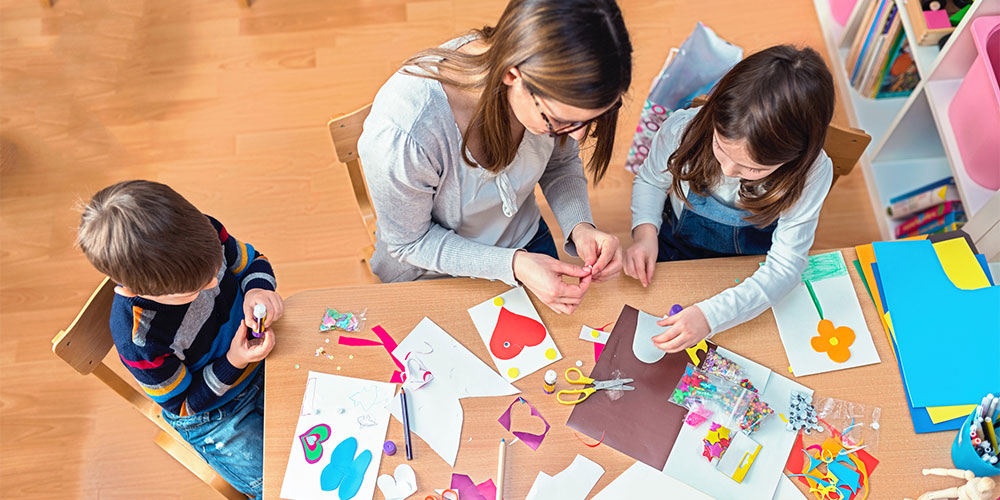Imagination and wonder fuel intelligence and inspiration. No doubt Roald Dahl championed that educational tenet. So, to celebrate how the author’s work helps teachers instill creativity, inventiveness, and critical thinking, we’ve curated classroom activities based on some of Roald Dahl’s most impactful works.
We’ve selected robust, activity-packed guides and paired them with lighter arts and crafts. Each section centers on the lessons found in a particular book:
Classroom Activities for Charlie and the Chocolate Factory
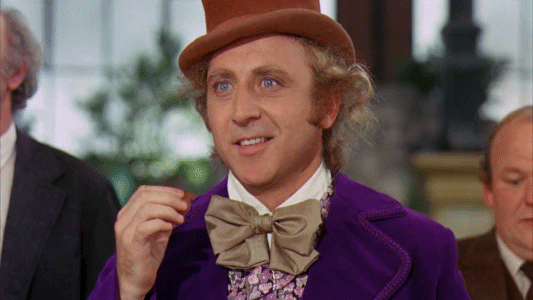
Charlie and the Chocolate Factory tells the story of 11-year-old Charlie Bucket. He’s a sweet-hearted and well-mannered kid who lives under dire economic circumstances in a town that houses a mysterious chocolate factory unopen to the public. Our protagonist ends up as one of five children invited to see inside the place where their most cherished candies get made. Hilarity, treachery, and magic ensues.
Teachers use this book to convey the paramount importance of imagination. Often mislabeled as unfocused or unrealistic, this type of thinking creates engineers, authors, and business owners. It’s all a matter of vision and creativity.
Lesson Plans
This robust set of classroom activities for Charlie and the Chocolate Factory enables teachers to take students through that infamously perilous chocolate factory with enhanced engagement and immersion. Students will discover how to:
- Build characters using descriptive language.
- Use persuasive writing to convince their audience of something.
- Empathize with others through the framework of fiction.
- Identify cause-and-effect as it relates to behavior.
- Sketch scenes in a way that ensures reading comprehension and understanding the nuances of interpretations.
Arts and Crafts
Willy Wonka is a playfully sinister genius. His creativity and industriousness inform everything he does, whether it’s creating imaginative candy products or interacting with guests and workers inside his ever-mysterious factory. That said, the character provides perfect fodder for an artistic interpretation.
With this Charlie and the Chocolate Factory craft, students create their own depiction of Mr. Wonka. The craft is affordable and involves the use of toilet paper rolls, glue, scissors, crayons or markers, and paper.
Classroom Activities for Fantastic Mr. Fox
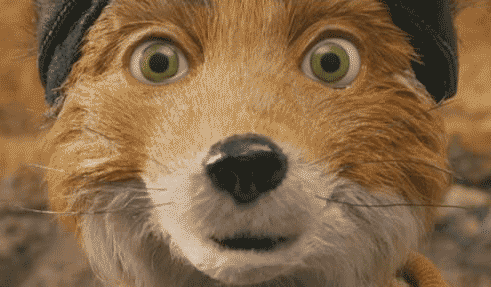
Fantastic Mr. Fox follows the titular character (an anthropomorphic fox), who pilfers his family’s food supply from farmers who live nearby. Cruel and brutish, the farmers ambush Mr. Fox and his family, cornering him in his subterranean homestead and counting on hunger to draw them out. How will our hero outfox them?
Teachers use this book to espouse the importance of resourcefulness, critical thinking, and tenacity. The following lesson plans and classroom activities will help teachers pass on those virtues to their students.
Lesson Plans
While not as comprehensive as some of the other classroom activities on this list (which might be a good thing!), the lesson plans for Fantastic Mr. Fox enable students to pluck specific skill sets from the text. Your students will discover how to:
- Use evidence from the text to describe character traits.
- Practice alliteration.
- Invent their own characters based on Roald Dahl’s literary devices.
- Integrate scientific disciplines into their reading.
Arts and Crafts
In 2009, director Wes Anderson brought his rendition of Fantastic Mr. Fox to the silver screen. The movie’s visual interpretations stood out perhaps above all other attributes. In this regard, you can have your students create their own mental image of the characters by crafting a Fantastic Mr. Fox mask.
Classroom Activities for Matilda
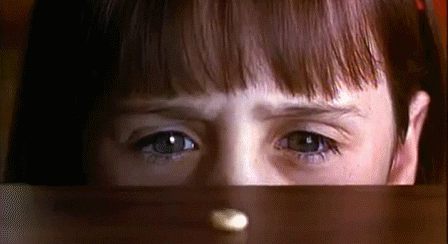
Matilda? Well, it’s about a kindhearted, hyper-intelligent little girl with telekinetic powers. It sounds like Matilda is pretty privileged, but rest assured, she deals with more obstacles than your average elementary student. Subject to a neglectful home life and a school principal who brings new meaning to draconian discipline, Matilda must use her gifts to push through and gain access to a normal childhood.
Teachers rely on this book to teach kids about the magic of reading, specifically how books enhance brainpower. The following classroom activities help you make this goal a reality.
Lesson Plans
Matilda comes with yet another comprehensive set of lesson plans that teachers can use over a course of weeks and months. In these classroom activities that enhance the teaching of Matilda, students will learn how to:
- Understand and express the theme of bravery and resilience.
- Identify and practice qualities required to overcome obstacles.
- Use text as a guiding light to empathy and social–emotional wherewithal in the real world.
- Make a positive impact in someone else’s life.
- Apply the book’s lessons to other academic disciplines.
Arts and Crafts
Who doesn’t remember this scene?
Yes, the public shaming and torture-by-food that no teacher or administrator would dare carry out. Instead, why don’t we bake a cake like the one in the book and movie?
While it may be difficult to access cooking equipment, and students’ allergies and food sensitivities always remain on your radar, teachers can show kids how to bake a cake like the impossibly large confection Miss Trunchbull made Bruce Bogtrotter consume. This chocolate cake recipe is particularly kid-friendly.
Classroom Activities for The Witches
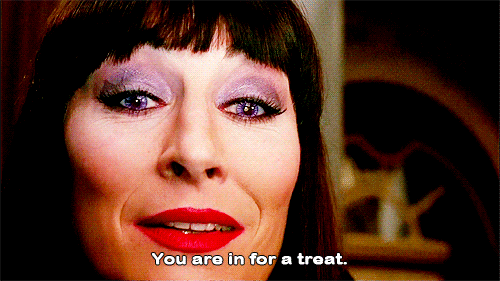
A kid and his grandmother experience some otherworldly stirrings in their otherwise-quiet Alabama town. Thinking they can evade the diabolical witches skittering about, the duo flees to a seaside resort. Little do they know that the sandy beaches and hotel amenities are actually the host location for the world’s largest gathering of diabolical sorceresses. (And here we thought education conferences were a party!)
Teachers use The Witches to show kids how some people present themselves as something other than they are. The book tells the tale of villains who appear friendly, but once that veneer cracks, something sinister awaits.
Lesson Plans
We love these classroom activities for teaching The Witches. When you use this guide housed on Roald Dahl’s website, your students will learn how to:
- Use adjectives and descriptive language.
- Look to a thesaurus to find synonyms and non-repeating rhetorical choices.
- Think and write about the most special people in their lives.
- Implement cross-curricular content.
Arts and Crafts
The titular witches are not the only fantastical part of the story. In fact, the protagonist spends most of his time inside the body of a mouse. Suddenly, his world becomes larger and more treacherous. Using simple and affordable materials, kids can create their own mouse versions of themselves. You’ll need to acquire cardstock, cupcake liners, googly eyes, yarn or string, scissors, and glue.
Classroom Activities for James and the Giant Peach
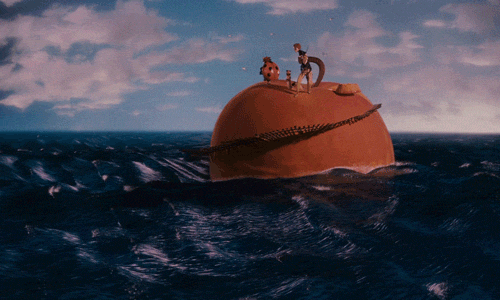
After an escaped rhinoceros devours his parents, the new orphan James goes to live with his wicked aunts. As you may have guessed, things don’t go particularly well with the living arrangement. One thing leads to another, and our hero finds a tremendous peach that he manages to turn into an aircraft. What adventures will James encounter upon that pitted plane.
Often a target of censorship, this book (when taught correctly) can shed light on how the imagination is a limitless entity. The following lesson plans help teachers navigate the best methods for instilling these concepts.
Lesson Plans
There’s so much to like about these classroom activities for James and the Giant Peach. This robust guide ensures that your students will:
- Learn about data and making decisions based on logic.
- Understand the importance of story structure.
- See how to communicate effectively in a way that nurtures good relationships.
- Discuss and accept differences of opinion in a healthy manner.
Arts and Crafts
Come on, it’s about a kid traversing the sky atop a gigantic, flying piece of fruit. You just have to do papier-mâché of James’ peach vessel. Supplies include newspaper, glue, and paints.
